Microphone selection and Placement
Whether you’re a musician, podcaster, or filmmaker, microphone selection and its placement is crucial for achieving high-quality sound recordings. With a variety of microphone types and placement options available, it can be confusing sometimes.
So in this guide, we’ll cover some tips & guides for selecting a mic and Recording techniques to help you achieve the best audio possible.
Microphone Types
Dynamic Microphones:
These are the most durable and affordable type of microphone, ranging from fairly inexpensive to moderately expensive and they have a low sensitivity, which means they can handle high sound pressure levels without distortion, they are rugged and durable, making them ideal for live performances or outdoor recording. They have a cardioid pickup pattern, which means they mainly capture sound from the front and reject sound from the sides and back.
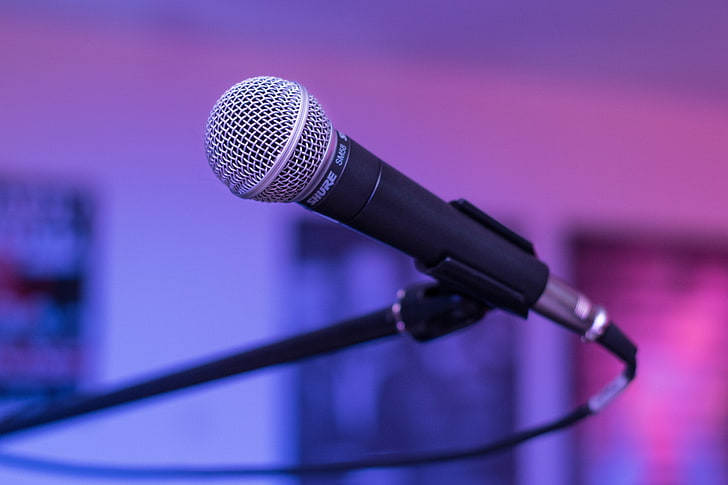
Condenser Microphones:
Condenser microphones are more sensitive than dynamic mics and are ideal for capturing small details in vocals and acoustic instruments. They require Phantom power to run and are more fragile than dynamic microphones. They are used for studio recording, live sound reinforcement and broadcasting.
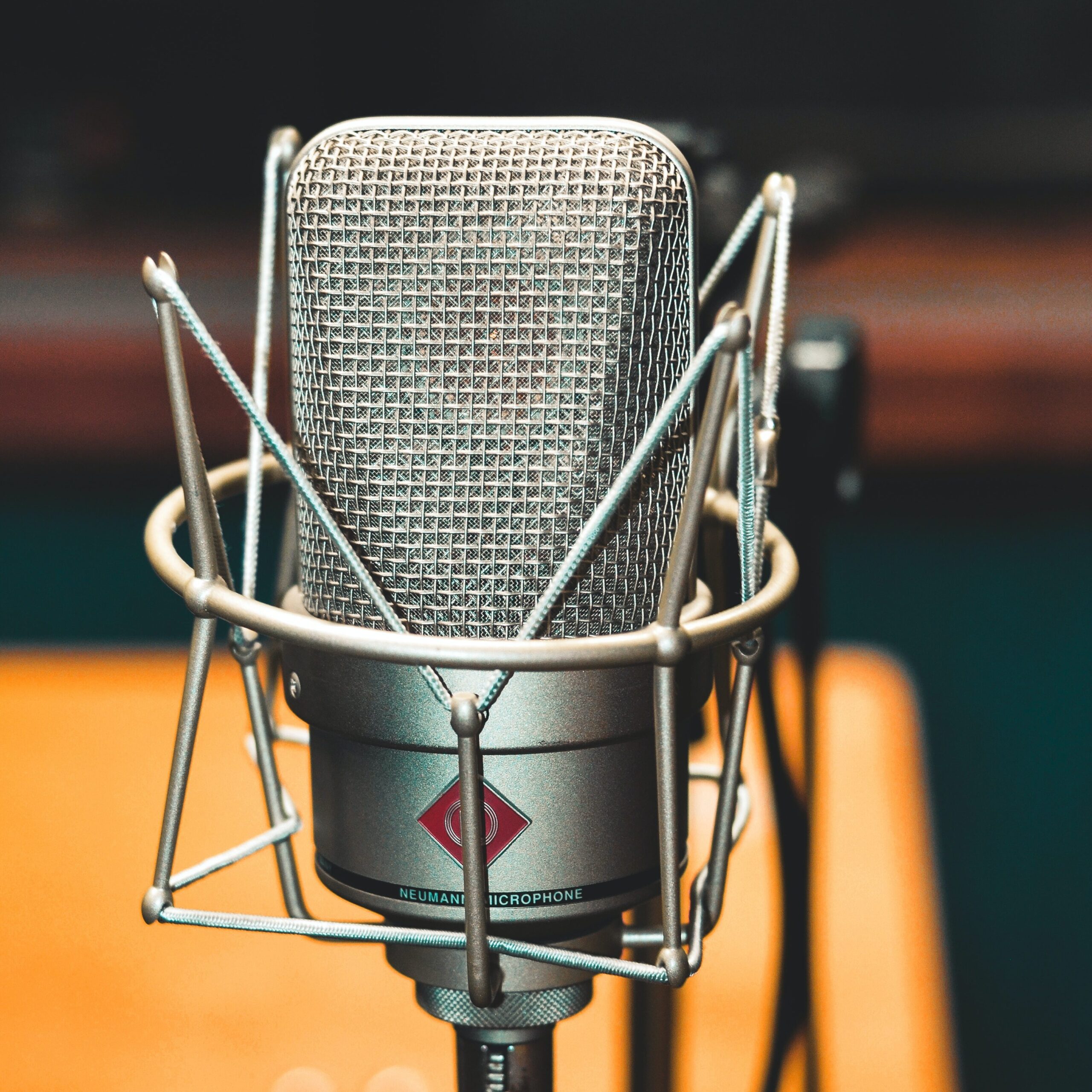
Ribbon Microphones:
Ribbon microphones are the most delicate type of microphone and are less common than dynamic and condenser. They are known for their smooth and warm sound, making them ideal for recording vocals, strings, woodwinds and brass instruments.
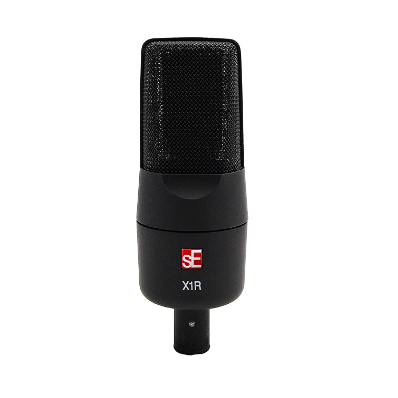
Placement techniques:-
Close Miking:
Close miking means placing a microphone close to the sound source. By placing the mic close to the sound, you can achieve a more detailed sound. This technique is used to mic vocals, drums and guitar amps.
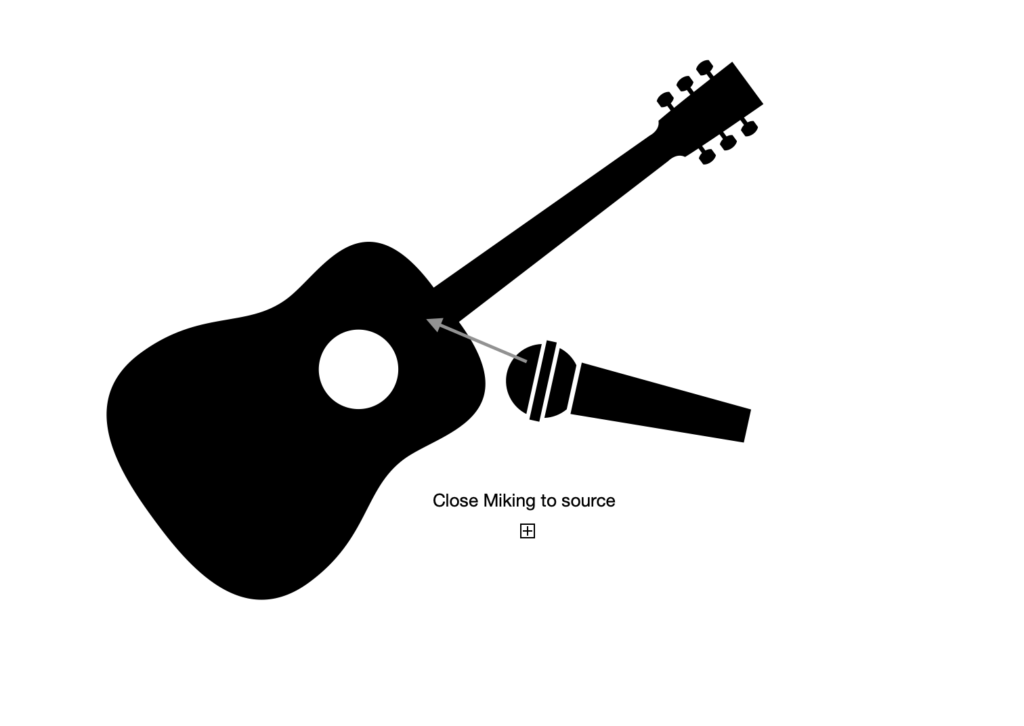
Spaced Pair:
A spaced pair mic technique configuration involves placing two microphones parallel, a few feet apart to capture the overall sound of a room or group of instruments. This technique is used to record orchestras, choirs & drums overheads.
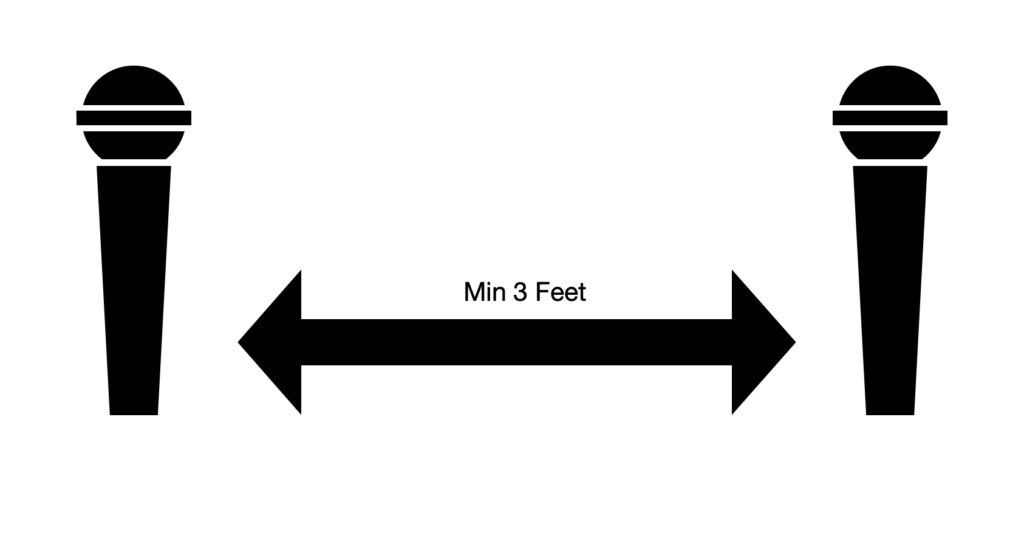
XY Technique:
An XY mic technique involves placing two microphones at a 90-degree angle at each other, by placing their capsules as close as possible. This technique is commonly used for capturing stereo sound in acoustic recordings.
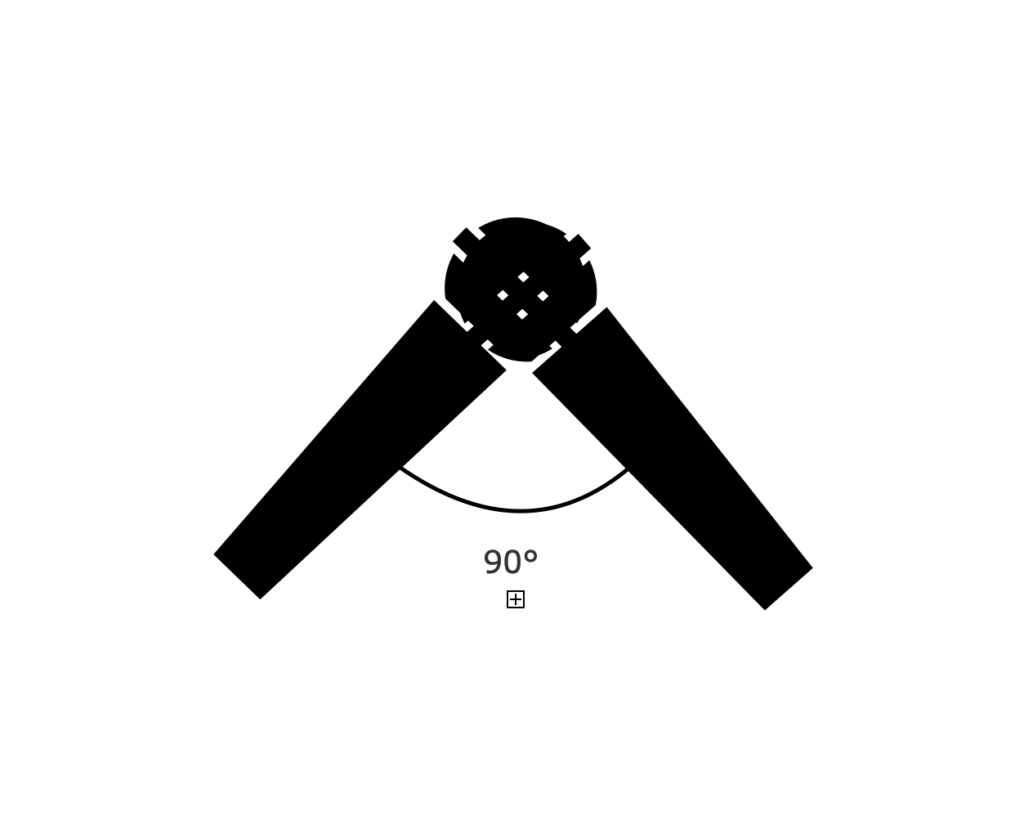
Room Miking:
Room-miking involves placing a microphone in the centre of a room to capture the ambient sound of the space. This technique is often used for creating a sense of depth and space in recordings.
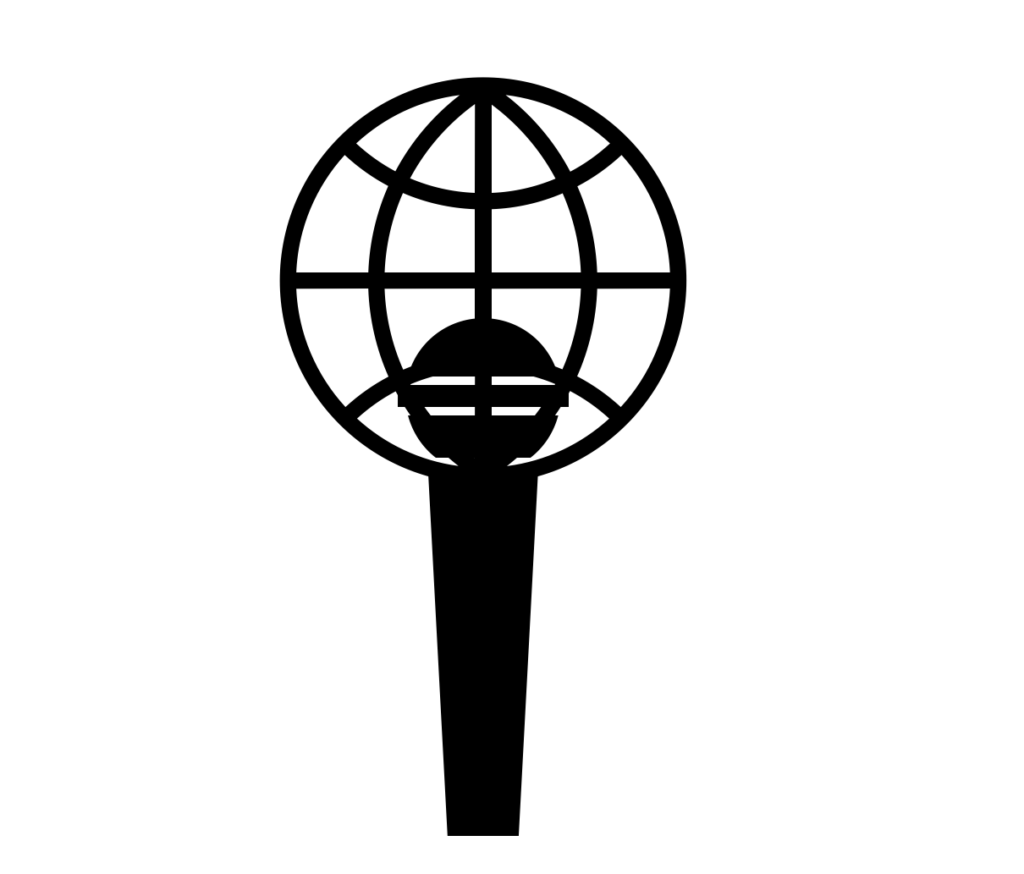
Conclusion
Selecting the right microphone and placing it in the optimal position is crucial for capturing high-quality audio recordings. By Understanding microphones of different types and placement techniques, you can achieve the high-quality sound desired for your project. You can experiment with different types of microphones and placement techniques to find the best combination for recording purposes.
